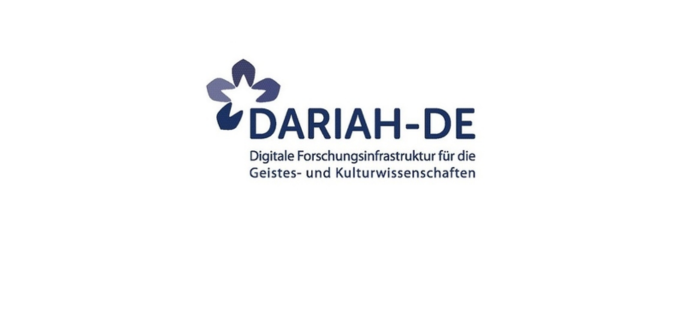
DARIAH-DE (gefördert 2011-2019) unterstützt die mit digitalen Ressourcen und Methoden arbeitenden Geistes- und Kulturwissenschaftler/innen in Forschung und Lehre. Dazu baut
Short description of the project
HGIS de las Indias is a historical-geographical database of late colonial Spanish America. It contains over 15,000 settlements and over 1,000 administrative units with their qualitative, spatial, and temporal attributes. This allows querying and visualization of the constantly changing situation for any given moment between 1701 and 1808. A Dokuwiki apparatus and a dynamic WebGIS enable this through online interfaces (the website is in Spanish), with all raw data and datasets available on the Harvard Dataverse. The database is also integrated into generalized infrastructures (WHGazetteer; Recogito/Pelagios). Geomatching workflows allow efficient identification and localization/spatialization of structured, tabular datasets.
Project content
HGIS de las Indias is a historical-geographical information system for late colonial Spanish America (1701-1808). Its core is an interactive WebGIS that allows visualization various layers of information on colonial history year by year via a timeline. Key elements include territorial units (such as viceroyalties, judicial districts, provinces, dioceses...) as areas and boundaries; settlements visualizable by different criteria (settlement type, ecclesiastical hierarchy...); communication infrastructure (postal routes); "extracolonial" elements (contract lines, claims of foreign powers, autonomous indigenous peoples, internal and external conflict); historical natural events (earthquakes, volcanic eruptions); and other aggregated data from various fields such as demography, economy, and culture.
The interactive map is linked to a dokuwiki resource providing additional information on each data layer, sources, and term definitions. Additionally, each territorial entity (over 1000) and each recorded place (over 15,000) of the gazetteer has a dedicated page with essential information, indicating sources, lists of administators, and more.
All data from HGIS de las Indias are accessible under a Creative Commons 4.0 license at the Harvard Dataverse. Furthermore, HGIS de las Indias offers the possibility to convert custom tabular data (having a minimum level of standardized fields and thus can be assigned to locations/territorial units in the database) into shapefiles through an automatic workflow.
The project targets a broad, Spanish-speaking audience (via the web application, wiki resource), colleagues with GIS user skills (by providing vector data), and those without GIS user skills (through the automated workflow and web application).
Both WebGIS and Dokuwiki are currently in a relocation process/being rebuilt. The core WebGIS is functional and specialized experiences are being developped step by step. The Dokuwiki has become too large and therefore very unstable. We are planning to use a different, open data approach to make the apparatus accessible again.
By systematizing historical-geographical information as a gazetteer, HGIS de las Indias also serves as infrastructure for other projects (digital editions, collaborative databases). For example, in the ongoing TopUrbi – Topographie de l’urbanisation impériale hispanique (ANR-21-CE27-0023) led by Jean-Paul Zuñiga, a digital edition of Antonio de Alcedo's five-volume geographical dictionary from the late 18th century is being created. The places listed therein are matched with the HGIS-Indias database for localization. A collaboration with José Antonio Espín-Sánchez at the Economic Growth Center at Yale University aims to provide a long-term perspective for preserving the central resources of HGIS-Indias and creating a data ecosystem that connects various socio-economic and demographic data.
werner.stangl@uni-graz.at
Find out more at
www.hgis-indias.net
Add your DH research project to the project showcase by submitting a short project description via the web form. Enter project data, a brief description, a graphic or visualization as well as a detailed description of the project content with technical assignment, addressees, added value, project managers, funding information and duration.

DARIAH-DE (gefördert 2011-2019) unterstützt die mit digitalen Ressourcen und Methoden arbeitenden Geistes- und Kulturwissenschaftler/innen in Forschung und Lehre. Dazu baut
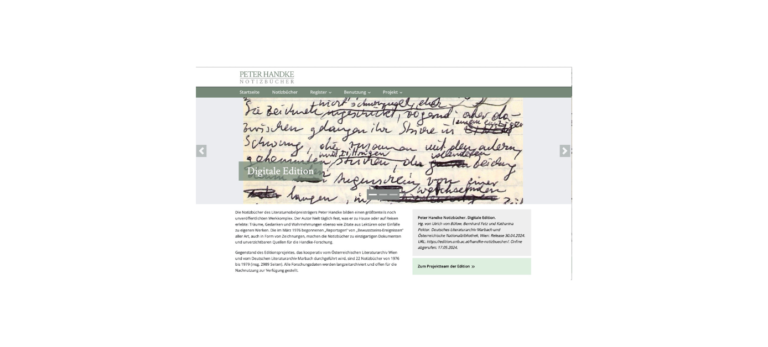
In einem langfristigen Kooperationsprojekt von Österreichischer Nationalbibliothek und Deutschem Literaturarchiv Marbach werden alle bis 1990 entstandenen 75 Notizbücher in einer
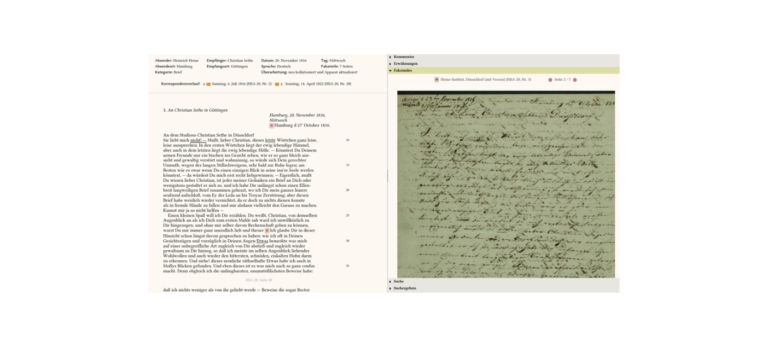
Das Heinrich-Heine-Portal schöpft aus den Arbeitsergebnissen mehrerer Forschergenerationen, indem es die beiden historisch-kritischen Heine-Gesamtausgaben, die unabhängig voneinander in der Bundesrepublik

Nachhaltiges Forschungsdatenmanagement ist zentral für künftige Forschungen! Dies zeigt etwa die Geschichte der Bonner Längsschnittstudie des Alterns. Fast zwanzig Jahre
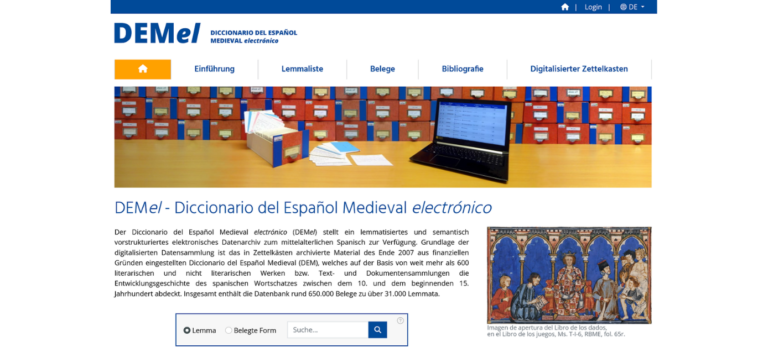
Das von der Deutschen Forschungsgemeinschaft geförderte Projekt Diccionario del Español Medieval electrónico (DEMel) hat zum Ziel, der Öffentlichkeit ein lemmatisiertes
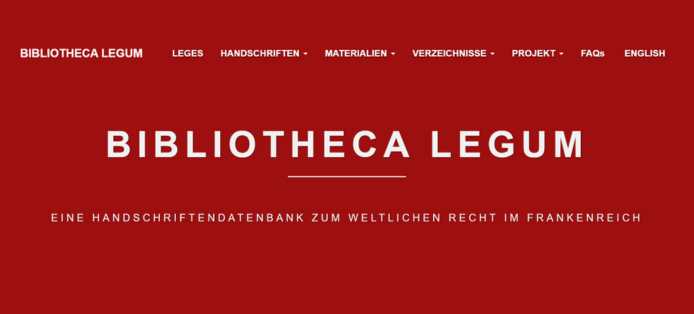
Das Ziel der Bibliotheca legum ist es, einen Überblick über die handschriftliche Produktion weltlichen Rechts in der Karolingerzeit zu geben.

Der Vergleich als methodisches und epistemologisches Paradigma ist in den Geisteswissenschaften tief verankert. Ob in der qualitativen oder quantitativen Forschung

The DTA is an archive for German-language historical text collections at the Berlin-Brandenburg Academy of Sciences and Humanities. It comprises annotated full-text transcriptions of prints, newspapers, journals and handwritten documents of various genres and text types. The DTABf is an established basic format for the transcriptions.
Wir verwenden Cookies und ähnliche Funktionen zur Verarbeitung von Daten. Die Zustimmung ist freiwillig und kann jederzeit widerrufen werden.